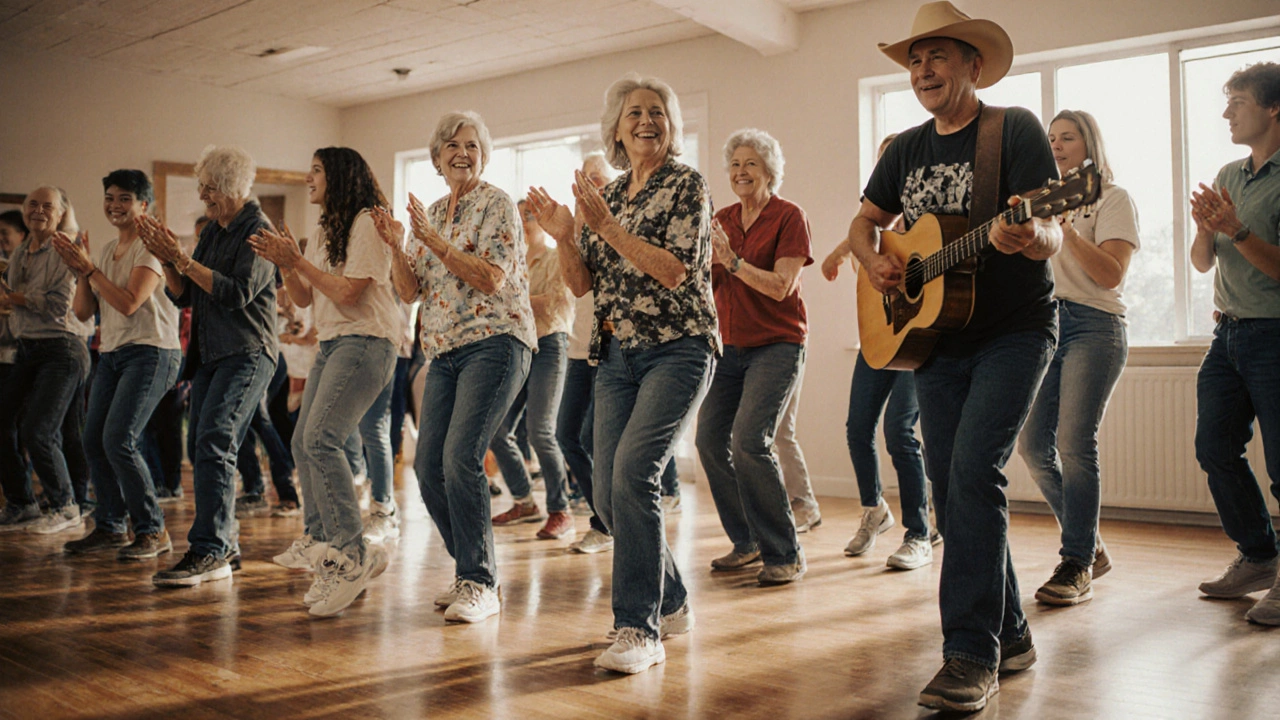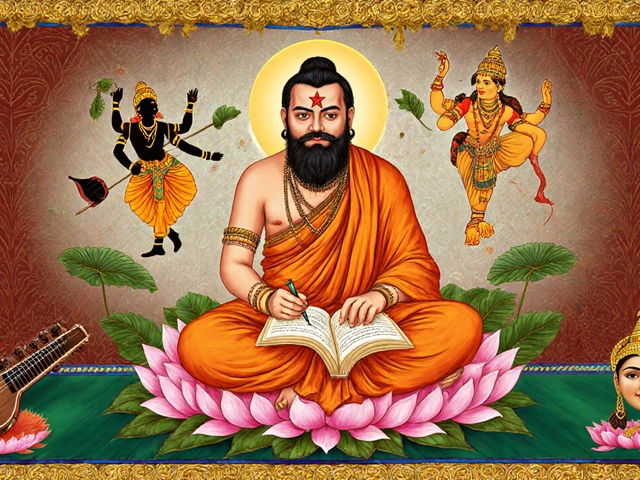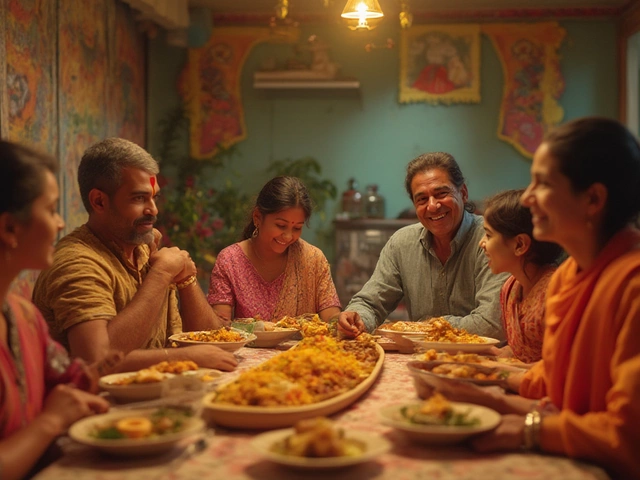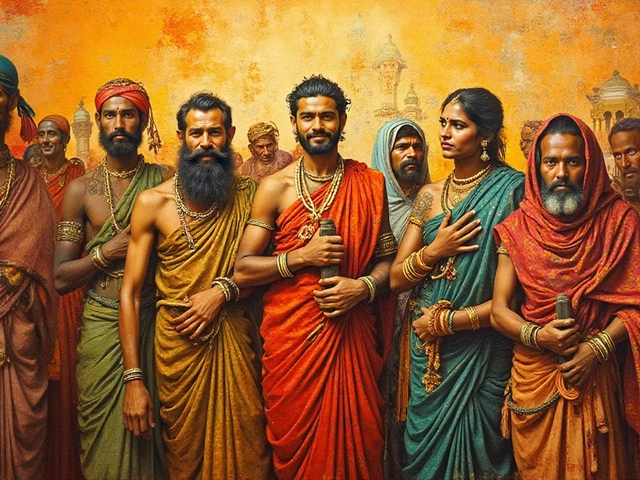If you’ve ever watched a dance performance and thought, ‘I wish I could do that’-but then got scared by the idea of complex steps, stiff routines, or years of training-you’re not alone. Most people assume dance requires talent, flexibility, or years of ballet classes. But that’s not true. Some of the most joyful, expressive, and culturally rich dances are also the easiest to pick up, even if you’ve never moved to music before.
The easiest dance form to learn isn’t about perfection. It’s about rhythm, fun, and feeling the music. And among the most accessible styles worldwide, the line dance stands out as the top choice for absolute beginners. It doesn’t demand partners, complex footwork, or memorizing long sequences. You just follow simple steps in a line, repeat them, and let the groove take over.
Why Line Dance Is the Best Starting Point
Line dancing is popular across the U.S., Australia, parts of Europe, and even in small towns in New Zealand. It’s often seen at country music events, community centers, and retirement homes-but don’t let that fool you. It’s not just for older folks. Teens and young adults are jumping in too, because it’s social, low-pressure, and surprisingly effective for building coordination.
Here’s why it’s so easy:
- You face the same direction as everyone else-no need to lead or follow a partner.
- Steps are counted aloud (‘1-2-3, 4-5-6’) so you can follow along without memorizing names like ‘chassé’ or ‘plié’.
- Most routines are only 16 to 32 counts long. Once you learn one, you can join in anywhere.
- You don’t need special shoes. Sneakers or even socks work fine.
- There’s no judging. If you mess up, you just keep going. Everyone does.
Take the classic “Achy Breaky Heart” line dance. It’s built on just four basic moves: step-touch, grapevine, heel dig, and shoulder roll. Most people can get the full sequence in under 20 minutes with a YouTube tutorial. And once you’ve got that, you’ve unlocked hundreds of other line dances-they all use the same building blocks.
Other Simple Dance Styles Around the World
Line dance isn’t the only easy option. Many traditional dances from different cultures are designed to be learned quickly, often passed down through community gatherings rather than formal studios.
Salsa (Basic Step) - Yes, salsa can look fast and flashy. But the basic step is just three steps over four beats: left, right, left (or right, left, right). Add a gentle hip sway and you’re already dancing. Many salsa clubs offer beginner lessons that start with this single pattern. No spins, no dips, no fancy turns-just feel the music.
Bhangra (Beginner Version) - Originating from Punjab, India, Bhangra is full of energy, jumps, and arm swings. But you don’t need to do the full version. Even just stepping side-to-side with a raised arm and a smile makes you part of the circle. It’s often taught at weddings and festivals in a simplified form so anyone can join. The rhythm is infectious-once you hear the dhol drum, your feet start moving on their own.
Flamenco (Palo Seco) - Flamenco sounds intense, but its most basic form is called palo seco-just clapping, foot taps, and simple body movements. You don’t need to master the intricate footwork of a professional. Start by tapping your heel and toe in rhythm with a 12-beat cycle. Many people learn this through community workshops in Spain, where locals teach tourists how to clap along. It’s about expression, not perfection.
Irish Step Dancing (Reel) - You’ve seen Riverdance, right? The fast legs and stiff arms? That’s the advanced version. The beginner reel is just a simple hop-step-hop pattern with arms relaxed at your sides. It’s taught in schools across Ireland as part of cultural education. Kids as young as five learn it. You can pick it up in a single afternoon.
What Makes a Dance ‘Easy’?
Not all easy dances are the same. What makes one easier than another depends on a few key factors:
- Repetition - Dances with repeated patterns (like line dance or salsa basic) are easier than those with long, unique sequences.
- Grounded movement - Dances that keep you close to the floor (like Bhangra or Irish step) are easier than ones requiring lifts, leaps, or extreme flexibility.
- Clear rhythm - If the beat is obvious (like in 4/4 time), your body picks it up faster. Dances in odd time signatures (like 7/8) are harder for beginners.
- Community support - Dances taught in casual, non-judgmental settings (like festivals or community halls) feel less intimidating than studio classes.
That’s why line dance wins: it hits all four.
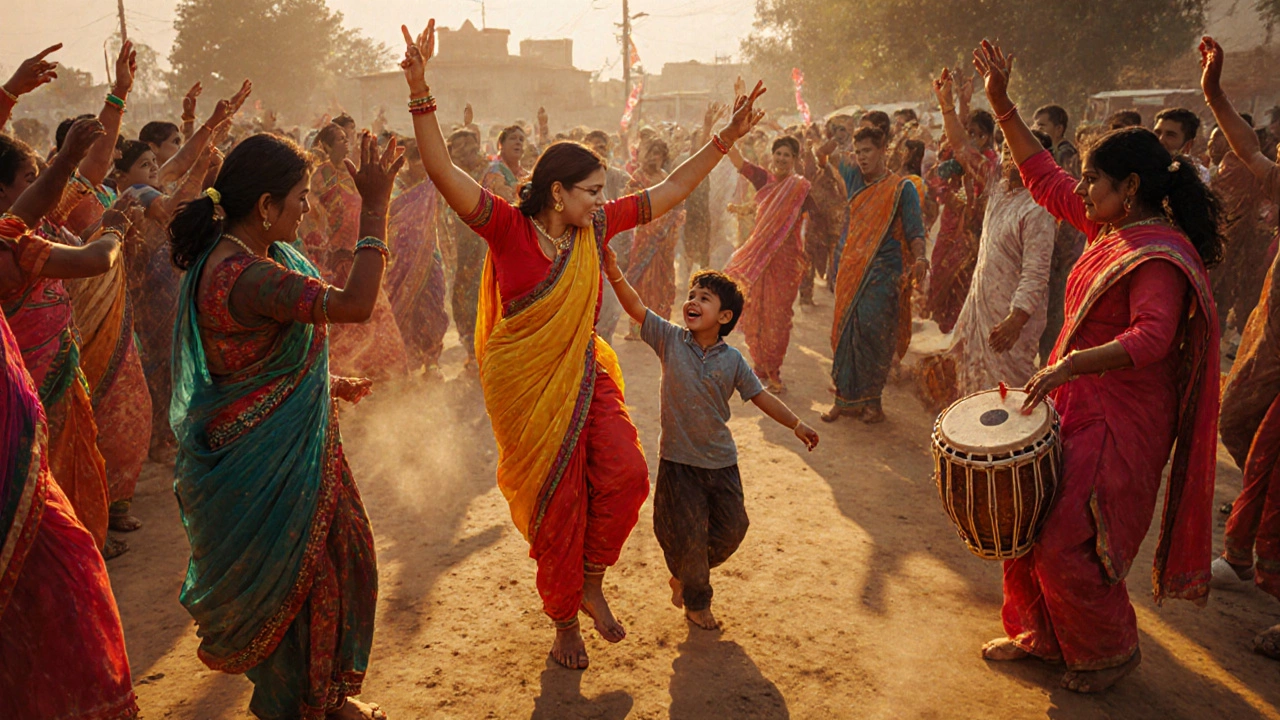
How to Start Learning Today
You don’t need to sign up for a class or buy special gear. Here’s how to begin right now:
- Find a 10-minute YouTube video titled ‘Beginner Line Dance for Absolute Beginners’ - try ‘Achy Breaky Heart’ or ‘Boot Scootin’ Boogie’.
- Put on some music you like and stand in front of a mirror.
- Watch the video once without trying to copy. Just feel the rhythm.
- On the second watch, pause after every 4 counts and mimic the movement.
- After 15 minutes, try dancing without the video. You’ll surprise yourself.
Try this: Play a country song, a salsa track, and a Bhangra beat back-to-back. Which one made you smile the most? That’s your hint. The easiest dance is the one you enjoy enough to do again.
Common Myths About Learning Dance
People give up on dance before they even start because of these myths:
- ‘I have two left feet.’ - Everyone does at first. Your body learns movement like it learns to ride a bike. It’s not about being naturally good-it’s about repetition.
- ‘I’m too old.’ - The average age of line dance participants in rural New Zealand is 62. The oldest student in a local class is 89. Movement is medicine.
- ‘I need to be flexible.’ - You don’t. You just need to move. Many dancers start stiff and become flexible over time-not the other way around.
- ‘I’ll look silly.’ - You will. And so will everyone else. That’s the point. Dance isn’t a performance. It’s a celebration.
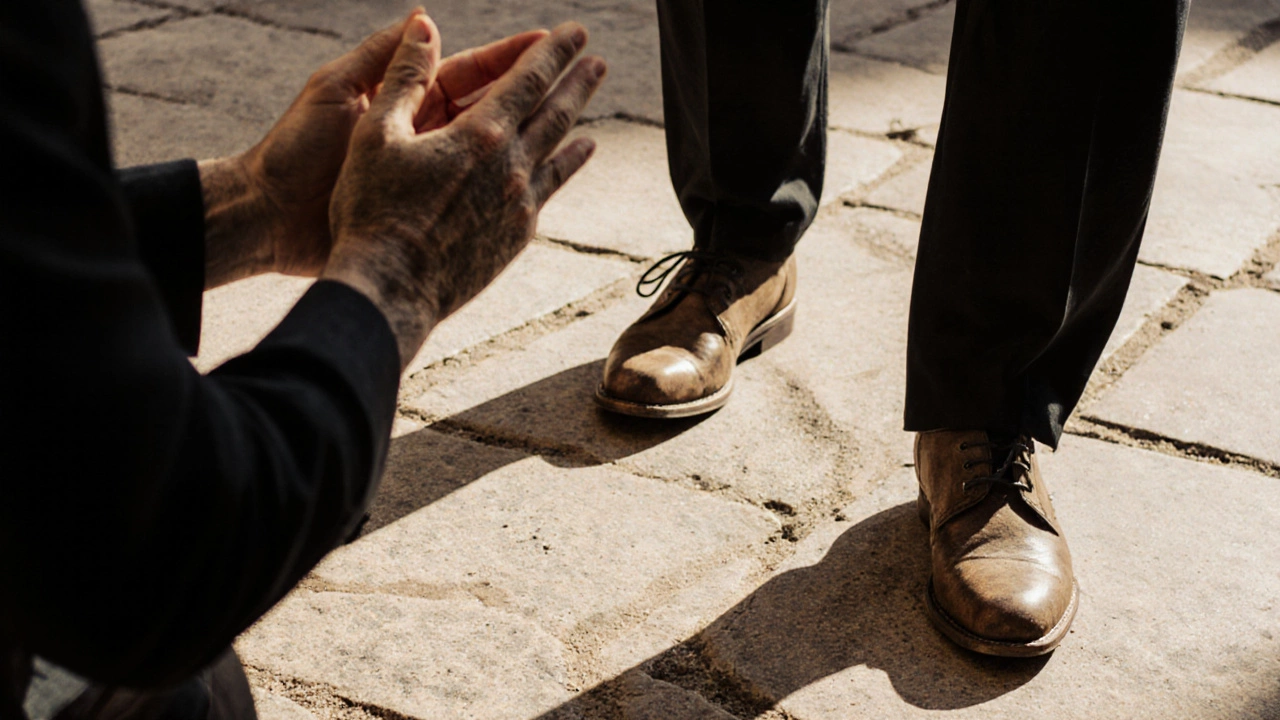
What to Avoid as a Beginner
Even easy dances can feel hard if you make these mistakes:
- Trying to learn too many steps at once. Focus on one routine. Master it. Then add another.
- Watching pros and comparing yourself. YouTube dancers are trained. You’re not there yet-and that’s okay.
- Waiting for the ‘perfect time.’ There’s no perfect time. Just start now, even if it’s just in your kitchen.
- Thinking you need to dance with a partner. Solo dancing is valid. Line dance, Bhangra circles, and even solo salsa steps are all real dance.
Why Learning a Dance Matters Beyond the Steps
When you learn a traditional dance, you’re not just moving your body. You’re connecting to a culture. A line dance in Texas carries the history of cowboy culture. Bhangra carries the joy of harvest festivals. Flamenco carries centuries of Romani expression. Even a simple step can carry meaning.
And physically? Dancing improves balance, lowers stress, and boosts memory. A 2023 study from the University of Auckland found that people who danced just once a week for six months showed measurable improvements in cognitive function and mood-especially those over 50. You’re not just learning to dance. You’re learning to feel better.
Final Thought: Just Move
You don’t need to be graceful. You don’t need to be fast. You don’t need to be perfect. You just need to move.
Put on a song. Step to the beat. Swing your arms. Tap your foot. Laugh if you mess up. That’s dancing. That’s all it ever was.
Start today. Not tomorrow. Not next week. Today.
What is the easiest dance to learn for someone with no experience?
Line dancing is the easiest for complete beginners. It doesn’t require a partner, complex footwork, or memorizing long routines. Most beginner line dances use just 4-6 repeated steps counted out loud, making them easy to follow with a video or in a group setting.
Can I learn to dance even if I’m not flexible or coordinated?
Absolutely. Flexibility and coordination improve with practice-you don’t need them to start. Dances like line dance, basic salsa, and Bhangra focus on rhythm and simple movements, not contortions. Many people begin stiff and awkward, and that’s normal. The key is consistency, not perfection.
Do I need special shoes or clothes to start dancing?
No. You can start in sneakers, socks, or even barefoot. Special dance shoes are useful later, but not necessary. Wear something comfortable that lets you move freely-no need to buy new gear before your first session.
How long does it take to learn a simple dance?
You can learn the basics of a simple dance like the line dance to ‘Achy Breaky Heart’ in under 20 minutes. To feel confident dancing it without stopping, most people need 2-3 practice sessions of 15-20 minutes each. Progress comes fast when you practice regularly.
Are cultural dances like Bhangra or Flamenco really easy for beginners?
Yes, if you start with the beginner version. Bhangra’s basic step is a side-to-side hop with arm swings. Flamenco’s palo seco is just clapping and simple heel taps. These dances are designed to be inclusive. Communities teach simplified versions so everyone can join in during festivals and celebrations.
Is it too late to start dancing if I’m over 50?
Not at all. Many line dance groups in New Zealand and Australia have members over 70. Dancing improves balance, memory, and mood-especially for older adults. It’s one of the most effective low-impact activities for staying active and socially connected. Start slow, listen to your body, and enjoy the rhythm.
